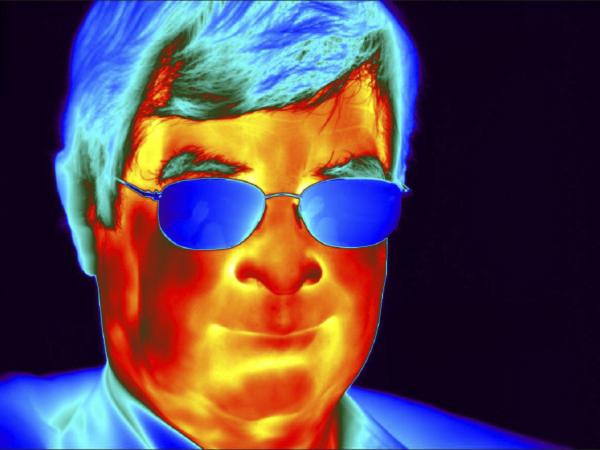
Glen Wurden
Glen Wurden
Los Alamos National Laboratory
Friday, March 18, 2016
3:00pm
Abstract: It is essential for the fusion energy program to identify an imagination-capturing critical mission by developing a unique product which could command the marketplace. The product known as "electricity" is not such an item, because it can be produced with too many other, simpler, cheaper, functioning, technologies. We lay out the logic that this product could instead be a fusion rocket engine, to enable a rapid response capable of deflecting an incoming comet, to prevent its impact on the planet Earth, in defense of our population, infrastructure, and civilization. As a side benefit, deep space solar system exploration, with greater speed and orders-of-magnitude greater payload mass would also be possible.
The problem with long period comets is that they basically arrive to the inner solar system unannounced. If we are looking, we can pick them up at Jupiter to Saturn distances (when they first begin to warm and get brighter in the infrared). If one were on a collision course with Earth, we would only have 6-18 months of warning. To make a long-distance deflection of the comet, with momentum change delivered by ablation caused by radiation from a stand-off nuclear explosive, you need a fly-by interceptor rocket with 20-40x the performance of our best existing chemical rockets to get out to 5-10 AU intercept distances in only 6-12 months time, with a heavy payload and without gravity slingshot assist. Both large specific power, and high specific velocity are required from this rocket engine. Only one based on fusion could potentially do the mission. Interestingly, the performance metrics and design constraints for a fusion rocket engine are quite different than for our usual Demo fusion reactor. We should get started on this key technology, before we actually find ourselves needing it.
Bio: Glen Wurden is an experimental plasma physicist in the P-24 Plasma Physics group at LANL. He has worked on fusion research machines around the world since receiving his Ph.D. in Astrophysical Sciences at Princeton University in 1982, and is an APS Fellow. He is also an amateur astronomer and astrophotographer, who snow skis in the winter, and kite-surfs in the summer. Recently he was lead author on a paper entitled ~SA New Vision for Fusion Energy Research: Fusion Rocket Engines for Planetary Defense~T. This
talk is a condensed presentation of that paper, which is available at
http://link.springer.com/article/10.1007/s10894-015-0034-1